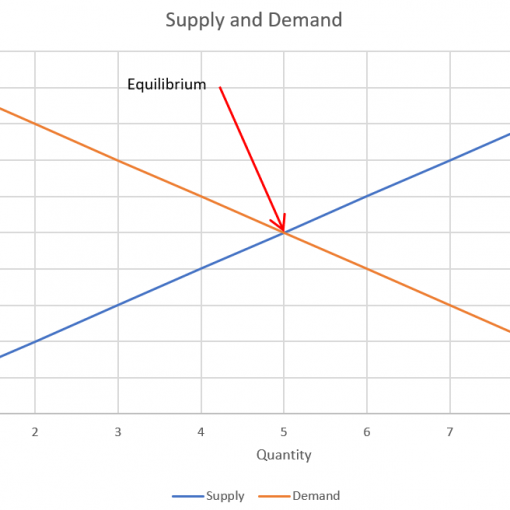We Consider Opportunity Cost Every Day
So many times you have weighed options in life that came down to what option has more benefit. This could be a choice in buying cars, investment decision, or whether or not to go to the park with your kids. You’re constantly having to make decisions, but, what you dont realize is the missed benefit has a name, Opportunity Cost.
Opportunity Cost Definition
The most basic definition of an opportunity cost is the amount of benefits that you’re missing out on if you perform one task over another. Let’s take, for example, a task as simple as mowing your lawn. You can pay the kid down the street $20 so you can save an hour of time. Why would you do that when you can easily mow the grass yourself? Well, what else could you do with that hour that may generate benefit? Perhaps, you could take that hour to write a blog post that may earn you $25. Now, if you were to mow the lawn yourself, you are missing out on $5. You saved $20 by not paying someone to mow for you, but you lost $25 in potential gain.
Opportunity Cost in Investing
Today, interest rates are so low. There has not been a better time to borrow money in a long time. Many people, like Dave Ramsey, will tell you that debt is bad, with an overall goal to get out of debt. This is wise for some people, but, your money is worth more today that it will be tomorrow. Paying off low interest debts can leave a huge opportunity cost on the table. Take for example the S&P 500. It has gone up 38.8% over the past year. If you had a loan at a rate of 4% and you paid it off, your opportunity cost is the 34.8% you missed out on by paying off the debt instead of investing.
Real estate investors are big at looking at opportunity costs when it comes to paying a large down payment, or seeking creative financing. Or, when it comes to using extra money to pay off a loan. If you use less money to secure a property, what could you do with that extra money right now? Would you invest it in more assets, or have it sit in a bank account. If it’s going to sit in a savings account, you’re paying more in interest, so that difference is your opportunity cost. If you’re using it to buy more property with a 10% Return on Investment, then your opportunity cost of paying off more of that 3% loan is 7%.

How to Use Opportunity Cost in Life
When I was in high school, my economics teacher said his time was worth $100 an hour. This is how much he valued his time when it came to spending time with his family. Was he actually generating revenues when he spent time with his family? No. But, he cherished his time with his family and unless something was going to pay him more than $100 an hour, he was not going give up time with his family. This is a great perspective, because not everything comes down to cents and dollars. There are other benefits in life that you may be missing out because you want to save $20 by not paying someone to mow the lawn for you.

Results of Opportunity Cost
Opportunity cost is not a real cost or benefit that shows up on a companies account sheets. This is a benefit analysis that is done prior to making a decision. There are risks involved, such as the results not matching assumptions, but calculating an opportunity cost is definitely something to consider when weighing choices. This goes for both work and life.
Disclaimer
Once again, I am not a financial advisor. These tips are some things I have validated with my own personal experiences. If you feel you need more personal advice, please consult a professional financial advisor. Dont forget to check out the Book List for published authors on this topic!


